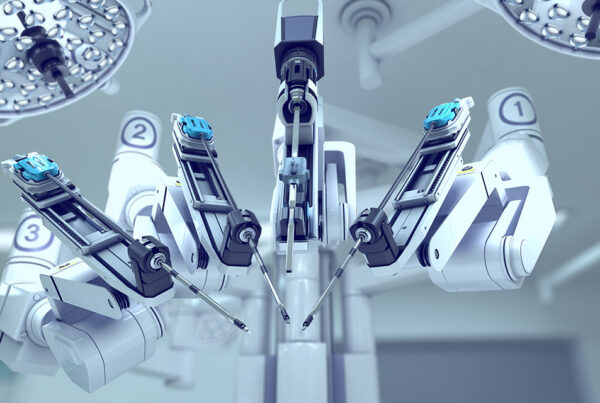Besides offering data about medical equipment, staff and technology in Latin American hospitals, we also have focused on documenting the types of surgical procedures that are performed in the region’s hospitals.
That’s why we launched SurgiScope — a database that compiles these procedures — in the summer of 2018, offering data for Brazil, Chile, Colombia and Mexico.
Brazil is the region’s largest hospital market, with around 7,800 hospitals and surgery centers. In SurgiScope, we feature data for Brazilian private institutions, though in the future we expect to also expand our offerings to include surgical procedure data for public institutions. The data we have offers an interesting look at Brazilian healthcare, especially when you consider that 58% of hospitals and surgery centers in Brazil are private.
Here is a look at the top 10 most common surgical procedures performed in Brazilian private institutions:
- C-section: A common surgery to deliver babies
- Turbinectomy: removal of turbinate bones in the nasal passages to relieve nasal obstruction
- Varicose vein surgery: removal of these veins
- Ureteroscopic placement of a unilateral double j stent: helps treat ureteral stones and obstruction of urine flow
- Cataract surgery: Phacoemulsification with intraocular lens to restore vision
- Cholecystectomy without cholangiography through video laparoscopy: removal of the gallbladder
- Septoplasty: corrects a deviated septum (the partition of bone and cartilage that divides the nostrils)
- Unilateral rigid ureterolithotripsy: treats ureteral stones
- Cholecystectomy with cholangiography through video laparoscopy: removal of the gallbladder
- Thoracentisis (pleural tap): Removing air or fluid from the pleural space
How Well Do These Procedures Reflect Health Concerns in Brazil?
They don’t seem to reflect them much at all. IHME has compiled list of the diseases that cause the most deaths in Brazil:
- Ischemic heart disease
- Stroke
- Lower respiratory infections
- Alzheimer’s disease
- COPD
- Interpersonal violence
- Diabetes
- Road injuries
- Cirrhosis
- Chronic kidney disease
There may be a several reasons that surgical procedures in the private sector don’t reflect top causes of death. One is that not everyone in Brazil can afford to go to a private hospital, so the surgeries in these hospitals aren’t likely to be representative of the Brazilian population as a whole. Another is that the major causes of death affect a much wider swath of the population, and these patients could be more likely to end up in a public hospital, since public hospitals are more affordable and usually have many more beds than private hospitals. A third factor could be simple infrastructure: we recently covered how lack of infrastructure in LatAm hospitals is reflected in the types of surgeries performed there. Additional factors may also be playing a role in this discrepancy, such the fact that some procedures in the private healthcare sector are elective (this does not occur in the public healthcare sector) and since surgical procedures can prevent death, there may in fact be an inverse correlation between procedure and cause of death.
What Does This Data Tell Us?
Although these common surgeries don’t reflect the complete health picture in Brazil, they do offer some interesting insights for professionals. The types of surgeries reflect conditions that are most often corrected. As a result, they also reflect hospital market demand in terms of medical equipment/devices and pharmaceuticals that are needed to treat these conditions. And this private hospital segment can be lucrative target for companies, given that they make up the majority of hospitals in Brazil and tend to have higher budgets than public hospitals.
Next Steps
Schedule a demo of SurgiScope to understand better how you can use this tool to gauge demand in Brazilian private hospitals and quickly identify top sales prospects.


